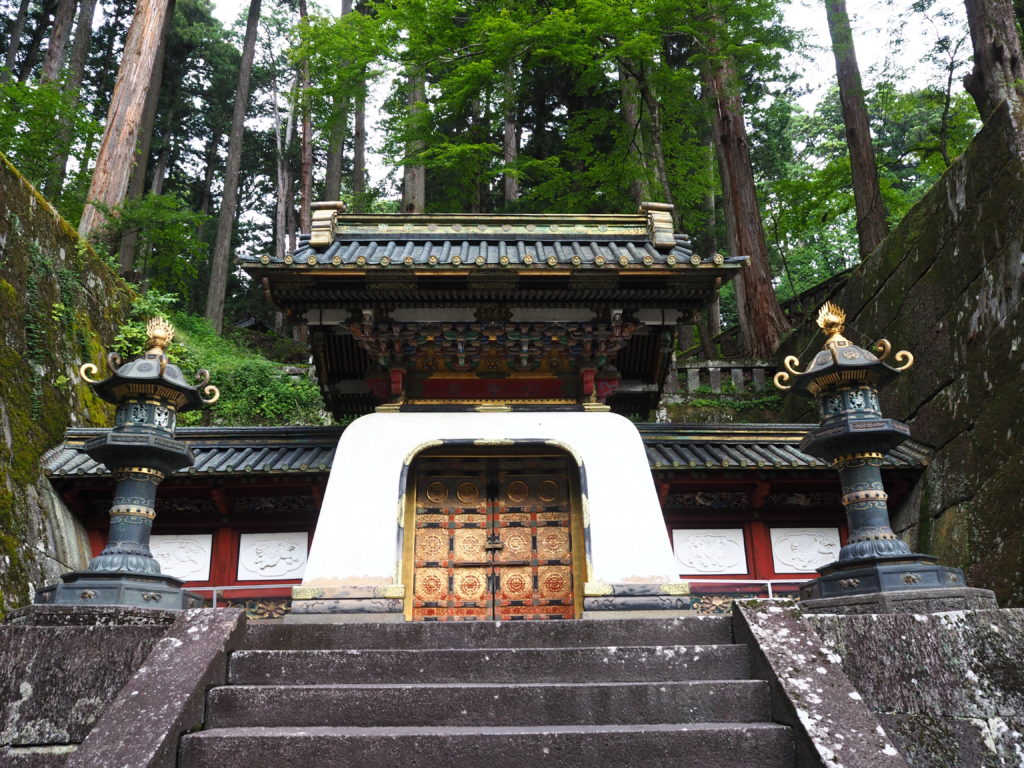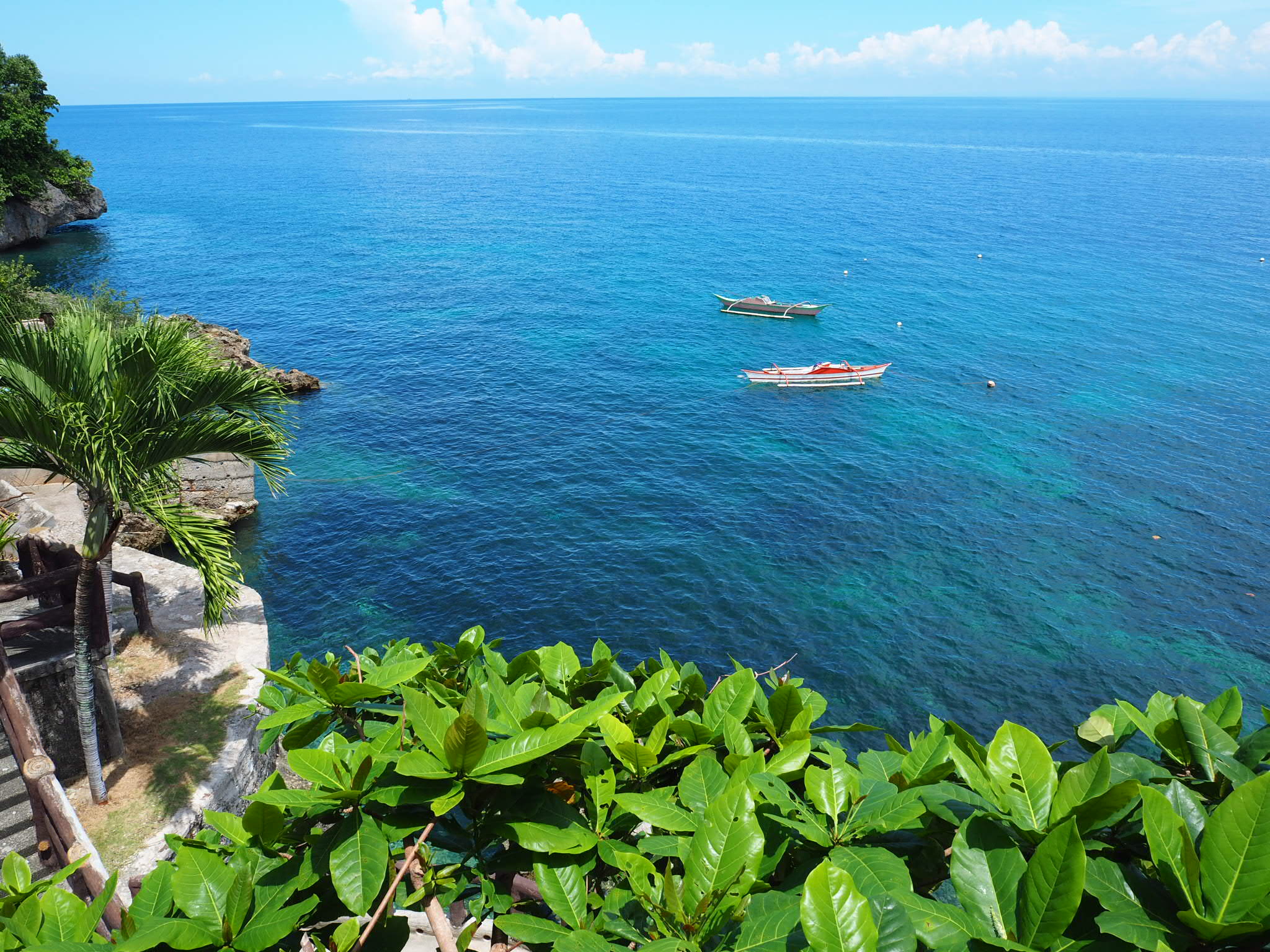Visiting the World Heritage Site of Nikko
Nikko is located in Tochigi prefecture in central Japan and is an easy trip from Tokyo. A world heritage site filled with temples, stunning scenery and onsen’s, it’s an excellent example of Japans Edo past. There is a lot to do in the area however things are quite spread out. For example the temples of Nikko are located centrally, very close to Nikko Tobu train station.
The vast majority of onsens are a further train ride away. Further way still are the areas around national park areas dominated by the gorgeous looking Lake Chuzenji. If you are travelling on a 2 day pass you are likely going to have to drop one of the above three options. Since we only had 2 days we decided to drop the Lake Chuzenji area and focus on the temples and onsens. Also do bear in mind that train passes out to Lake Chuzenji are double the price of train passes that only go to the world heritage temple area and the onsen resorts to the north of the city.
How to get there
There are a variety of JR lines and private railways that can take you to Nikko from Tokyo. As we didn’t have JR passes we took the Tobu Line from Asakusa. There are numerous different passes that are available on this line which we have detailed below.
Most people will visit Nikko on a round from Tokyo. For more info on Japan’s mesmerising capital check out our article on what to do in Tokyo! In addition we have an article on budgeting in Japan, giving you some really helpful tips on making your money go further and explaining why Japan isn’t as expensive as many people think!
How long do you need
The passes provided by the Tobu train network last for 2 or 4 days and include one return trip to Tokyo. The 2 day pass is focused on the world heritage site. Whereas the 4 day pass covers this and the surrounding countryside and onsens.
It really depends on how long you want to spend in the area or how much time you have, if you are planning on seeing the world heritage area and maybe checking out an onsen then 2 days is enough time, for anything more than this you will need more than 2 days.
What pass did we use
We purchased the Nikko world heritage area pass which is valid for 2 days and costs 2000 yen. This covers a round trip from Asakusa to Nikko as well as travel to the world heritage area and train travel as far as Shin Fujiwara. Obviously to take full advantage of the pass its best to spend a night in Nikko.
This pass is only valid for local trains, so the journey from Asakusa requires 2 or 3 tranfers and takes 2 3/4 hours. Although this number of transfers sounds excessive and annoying however, it is actually incredibly convenient. For all of our transfers our train arrived and walked out of our train, across the platform and straight onto our next train. In terms of convenience it was second to none.
You can pay for rapid trains for an additional 1200-1600 yen each way, that cuts the journey time by approximately 45 minutes and limits the number of changes. However you need to decide if the substantial extra fee is worth it. For us it wasn’t worth the extra money, as the extra charges would have added up to at least 2400 yen, which was more than we’d originally paid for our pass.
For more information on the myriad of passes available, there is an excellent article on japanguide.com
Where can you buy the pass
The best place is the Tobu Tourist Information Centre at Asakua station, follow the signs that are displayed upon arriving on the Ginza or Toei Asakusa lines. Not only do they sell the tickets, they can also give you all the information you need to get from Asakusa to Nikko.
Where to stay
We stayed in the Yunishigawa onsen which is another 90 minutes or so from Nikko. With excellent scenery and wonderful onsens this is area is a winner. Check out the onsen we stayed at here.
Nikko and the surrounding area is littered with excellent onsen towns. Where we stayed was quite far from Nikko and our pass did not cover the entire length of the journey from Nikko. However the surrounding area and the journey gave us some lovely views.
Most onsen hotels will include breakfast and dinner in the price or offer it as an additional extra. The food at our onsen was excellent and the price was extremely reasonable, especially considering we were there during one of the busiest times of year. Another thing to consider is your sleeping arrangements. Do you want a bed or traditional Japanese tatami mats. Many onsen hotels will have both but there are few that only offer tatami rooms, which despite being extremely comfrotable are not to everyones cup of tea.
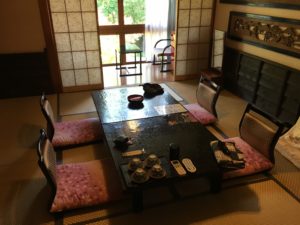
If you don’t want to stay that far from Nikko there are plenty of other options in Yunishigawa onsen, which is covered by the vast majority of Nikko-Tobbu passes. In Japan we found the best website to book onsens hotels with was Rakuten. Although it is a Japanese website they have an excellent English version and is substantially cheaper than other hotel booking sites.
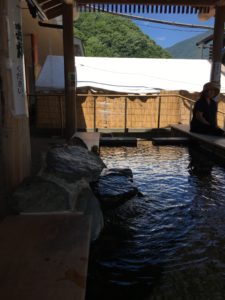
What to see and do in Nikko
Although Nikko is blessed by beautiful mountain scenery, most people are here for the temples. With some of Japans most spectacular and revered temples it one of the countries most religious sites. As a result, expect it to be busy especially around the Toshogu Shrine.
We only had one day in Nikko itself so obviously we didn’t get to experience everything on offer. However we did get to see some of the areas most stunning temples.
The 4 day pass will allow you to explore the mountains and lakes that surround the town.
Toshogu Shrine
Nikkos most popular temple is an excellent an place to start exploring the temple area. However, as mentioned earlier it can get very busy so be prepared. The temple complex itself is made up of three separate temples spread out over a large area. There is construction of different parts of the temple until 2020. However the construction has been staggered so that only small parts of the temple are affected. As with almost all temples in Japan, entering the inner praying area requires the removal of shoes and silence.
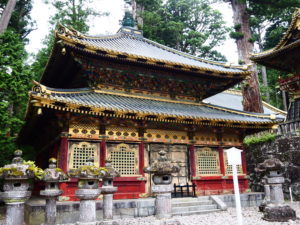
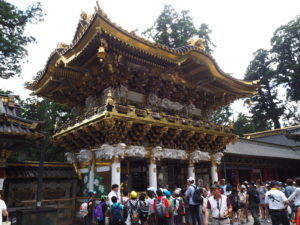
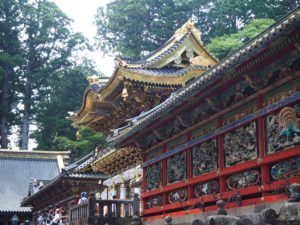
5 Storey Pagoda
Located next the Toshogu Shrine this stunning pagoda is pretty hard to miss.
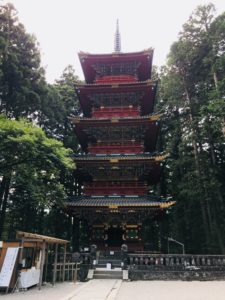
Futarasan Shrine
Less lavish, but much older than the Toshogu Shrine this shrine was founded by Shodo Shonin, the man who brought Buddhism to Japan. The temple is far more spread out than Toshogu, giving it a much quieter atmosphere than it’s bigger brother.
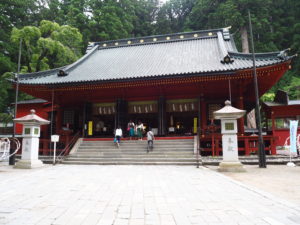
Iemitsu Mausoleum (Taiyuinbyo)
Possibly my favourite temple in Nikko, this vast hillside complex is located in the south western corner of the temple area. Littered with stunning temples, shrines and pagodas this should be a must visit for anyone lucky enough to make it up to Nikko.
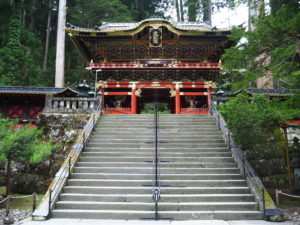
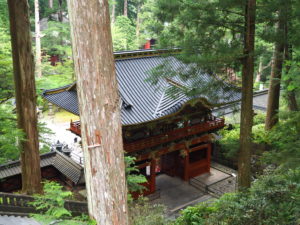
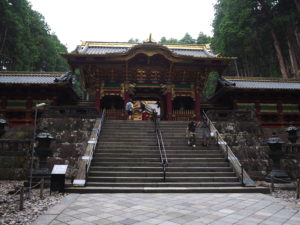
Getting Around
The best way to get around Nikko is by bus. All train passes include bus trips across a selected area. However do be aware that the traffic from Tobu Nikko station up to the temple area can be horrendous. So make sure you give yourself plenty of time if you are coming back to catch a train. Around the station itself there are plenty of eateries and cafes, allowing you to refuel before you hit the temples or relax before the long ride back to Tokyo.
